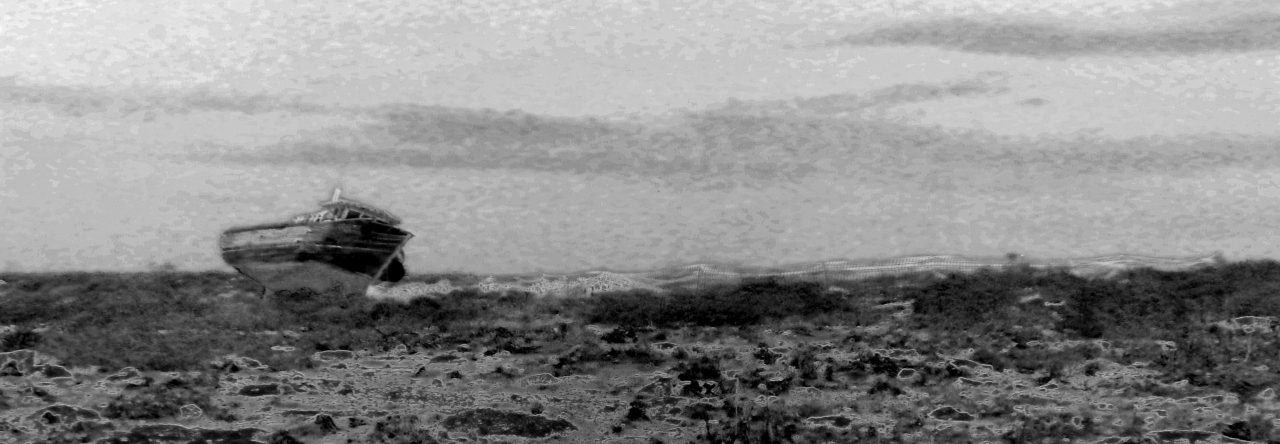Nicola Montagna, Piero Gorza, Rita Moschella, Maria Perino
The North-western French-Italian border is an important cross point for people coming from the Balkans and the Central Mediterranean routes aiming to reach Northern-continental European countries and the United Kingdom.
According to the data we collected, in 2021 some 10,369 people, including 400 unaccompanied minors and 412 families, arrived at the Alpine border – twice the 2020 numbers, when around 4,700 stopped at the two shelters. Although in 2022 the figure had dropped to about 8,500 it remains high, confirming this border as highly relevant.
Based on data collected between 2021 and 2022 in Oulx, a village in the upper Susa Valley, North-western Italy, this article aims to investigate the impact of borders on migrants’ temporalities among people who cross the border with France wanting to reach Europe.
Borders as a spatial mechanism for controlling people’s movement are bound up with time: the time of displacement in camps, the time migrants spend attempting to cross the borders, the overall time their movement takes, which is also affected by mobility policies. This does not happen in a vacuum of migrant agency.
People on the move respond to the constraints of border regimes in a variety of ways, including resorting to smugglers and changing family and household figurations. However, as this article aims to show, the kinds of responses adopted are not always freely chosen, but they are forms of adaptation to the circumstances and constraints imposed by the border regime.

